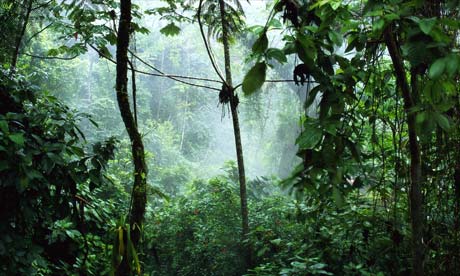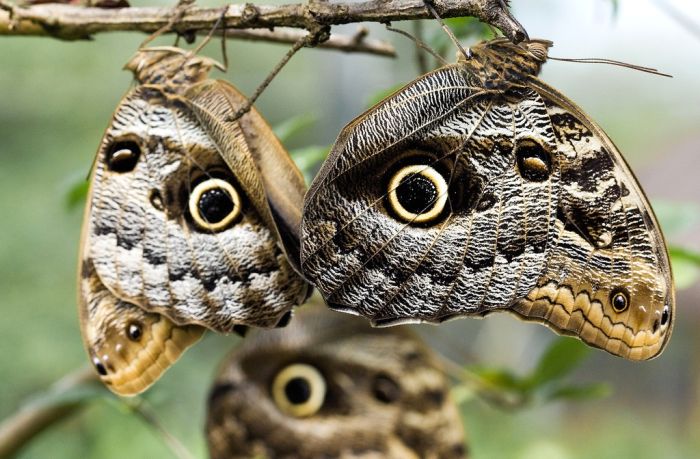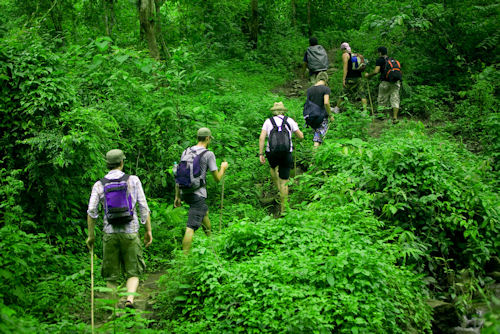Hiking is indeed an exhausting activity, but more than the physical benefits that it brings, it develops character—the attitude of perseverance that no matter how far the end may be, or how rough the surface you walk on, you’ll endure everything because you’re aiming at something.
Costa Rica is one of the best places to satisfy your hunger for hiking activities. There are lots of rainforest reserves and national parks that offer quality hiking packages. Here are some:
La Selva Biological Station. On the north-north eastern of Caribbean in Costa Rica’s central mountain range located the La Selva Biological Station. It takes about 1⅟2 hours to drive from San Jose via the Guapiles highway. La Selva Biological Station is a protected area surrounding 1,536 ha of low-land tropical rainforest in north eastern Costa Rica. The Organization for Tropical Studies has the capability to operate the reserve rainforest. The main goal of La Selva Biological Station is to preserve and protect an intact forest, as well as providing laboratory facilities for tropical research and education. It has the combination of research facility and rural nature lodge with wide and well-marked network of trails.
Monteverde Cloud Forest Reserve. Explore the fascinating Monteverde Cloud Forest Reserve with the set of professional and knowledgeable tour guides in the country. It is much better to take a tour in the morning to familiarize yourself with the forest, and then save the late morning and afternoon exploring the reserve. Walk through the gray fog and look up at the dense tangle of epiphytes and vines. The only sounds are the rustlings of birds and monkeys and the irregular distant rumble of Arenal Volcano. It takes about 3⅟2 hours by bus or car to drive from Monteverde to San Jose.
Lankester Gardens. Lankester Gardens named after Charles H. Lankester a British orchid enthusiast who originally created the private garden in 1940’s. The Lankester Botanical Garden is now open to the public, but is operated by the University of Costa Rica as a research center. It offers a pleasant but not overly challenging day hikes, consider a walk among the hundreds of distinct species of flora. Lankester Gardens is just 27 km (17 miles) from San Jose to enjoy a wonderful day trip.
Arenal National Park. This area is absolutely perfect hiking. The national park itself has enormous trails that visit a variety of ecosystems, including rainforest, secondary forest, savanna and old lava flows. Most of them are on the comparatively flat edge of the volcano, so there’s not too much climbing involve. It takes about 3⅟2 hours to drive from San Jose to La Fortuna and Arenal National Park.






















